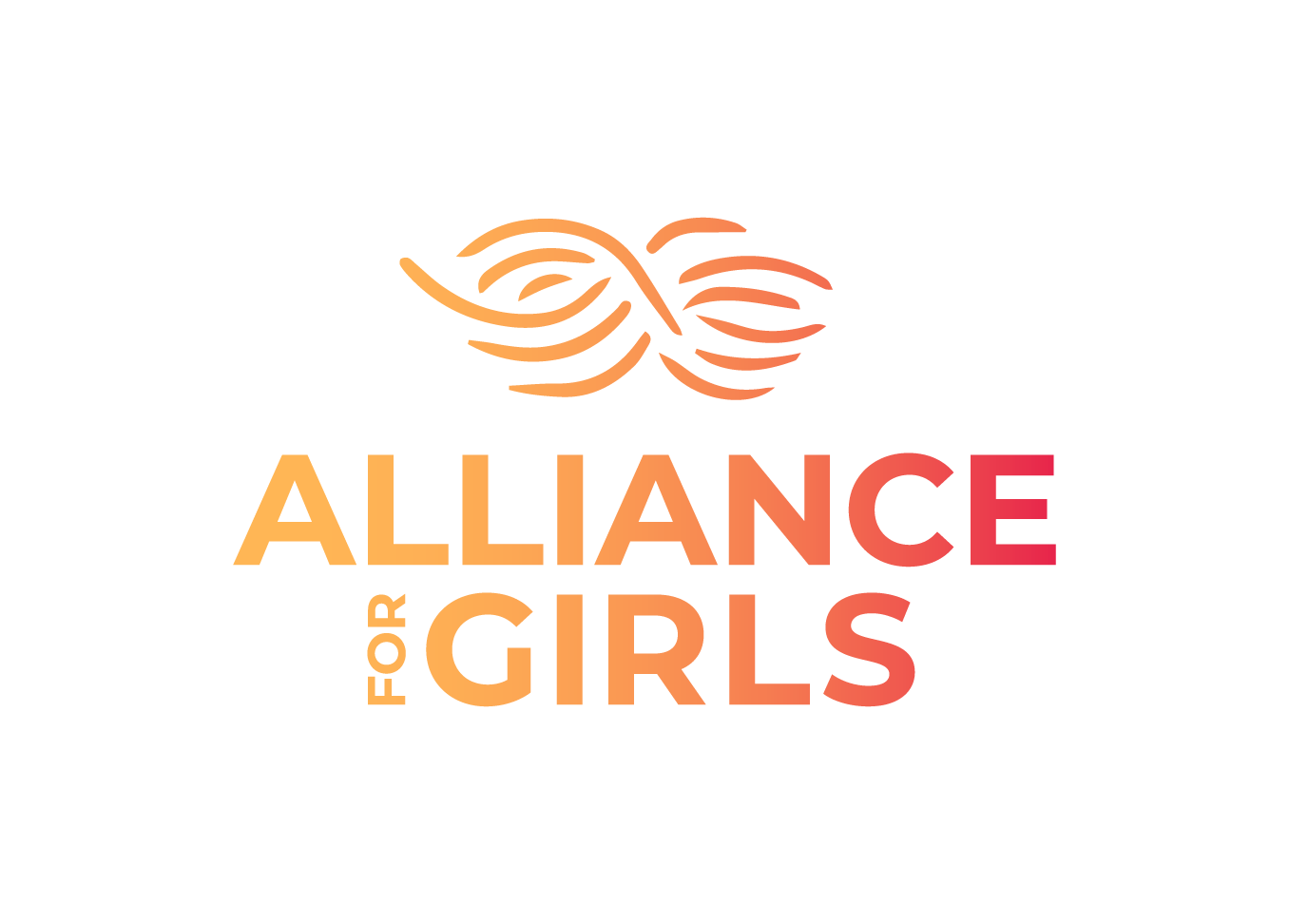Invisible Girls In Oakland

Schools are tough places for most African American girls in Oakland. While much attention and rightful praise has gone to the African American Male Achievement Initiative, a recent report by the Alliance for Girls, Valuing Girls’ Voices, Lived Experiences of Girls of Color in Oakland Unified School District, looked at data and asked young women in Oakland about their experiences.
And while some general issues emerged for all girls, the most challenging data and narratives came around the experiences of our young Black women.
Some of the key findings
There was consensus that the experiences of girls within the district is somewhat invisible and that there is a need to more intentionally create opportunities for decision makers to learn about the experiences of girls, particularly African American girls…
African American girls do not experience OUSD schools as caring environments, citing numerous examples of unconscious and conscious bias, low expectations and abusive language coming from adults and peers. African American girls were the only ethnic group that consistently perceived and experienced schools as “not seeing us for who we are” and treating them unfairly. African American girls shared experiences of exclusion from the classroom and the disparate application of disciplinary action on the basis of race.
While only one out of three girls is African American, they represent two out of every three girls who are suspended. African American girls are the only population of girls at OUSD who experience this disproportionality when it comes to suspensions.
There are a range of other statistical disparities. African American girls have roughly a double rate of chronic absence at 20%. And while there are lower reading rates for Latinas at 3rdgrade 24% proficiency versus 31% proficiency for African Americans. When it comes to graduating high school and completing the A-G requirements 61% of Latinas were eligible for UC and Cal State while only 36% of African American girls were.
Something is going on there.
One of the things I appreciated, was that they actually asked girls, in focus groups and interviews, giving us a deeper look behind the statistics. We learned that schools really matter- LIFE Academy was singled out positively, as providing an engaging caring environment for girls.
And schools that were facing turnaround or instability usually had the worst environments. School environments really matter and are widely divergent.
A few of the nuggets from the interviews and focus groups,
(G)irls at two schools experienced their schools as a safe place staffed by caring adults who were looking out for their well-being. Girls at four different schools, on the other hand, did not report feeling physically or emotionally safe at school. In particular, girls at two schools felt that coming to school contributed to anxieties about their personal and physical safety. In these instances, girls reported that it was their responsibility to protect themselves.
girls at four schools shared that they felt that teachers did not respect them or their peers. This was an issue for African American girls in particular…many girls at these campuses described interactions with teachers and principals that made them feel as if they were destined to fail.
African American girls were far more likely to report feeling that their teachers were uncaring and that schools were uncaring spaces for them. African American girls shared many instances of verbal abuse from their teachers, principals and peers.
Across all focus groups and ethnicities, girls reported that girls and boys receive differential treatment at school… Girls said that they feel that adults are not strong allies in addressing demeaning language or sexual micro-aggressions and advances from boys. Many girls reported getting in trouble when they were defending themselves or their friends against these type of advances.
And it seems that adults in some cases did not police harassment, with some disturbing stories including
Girls at several schools said that boys regularly call them “bitches,” “sluts” or “hos” in the presence of teachers and adults, without teachers punishing the boys or showing care for the girls’ feelings. At one school, girls reported that boys had branded Fridays as “Slap-Ass Fridays” and walked up and touched girls’ behinds. Girls reported that this tradition was well known by teachers at the school but that their responses focused on the girls’ reactions instead of addressing the boys’ behavior.
During the focus group at one school, several girls reported being sexually harassed by a staff member.
So alongside the broader implicit bias training we also need to do some gender specific training.
Safety— whether physical, sexual, or emotional has got to be the bedrock of schools. It is the base of Maslow’s hierarchy of needs, where if students don’t feel safe they will not learn. And at least in a couple of schools these really are baseline safety issues. If nothing else happens, “Slap Ass Fridays” has got to end.
Next steps
This is a great start in creating great schools for every student, looking at data and listening to students. We obviously have a long way to go though, in terms of racial and gender equity. This report helps point us in some of the right directions, and we do have at least one exemplar to look at, LIFE Academy.
One quote struck me. A girl said that African American girls had a reputation for “being loud, because no one wants to listen to us.”
We are listening. I just hope like so many alarms, that this too does not fade into the symphony of challenges, indistinct in the background.
